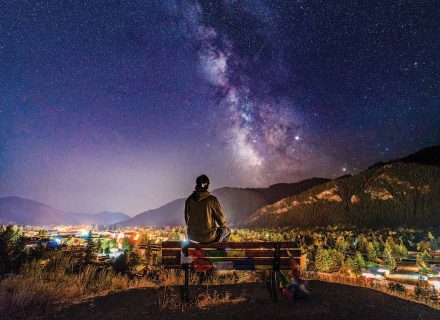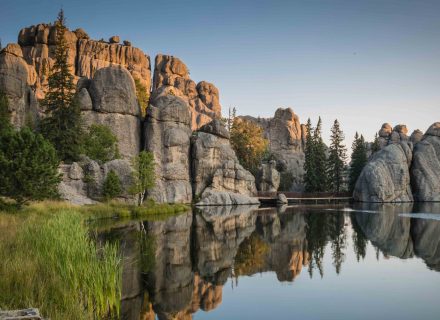Who doesn’t love a magical view of the Milky Way? A nonprofit program recommends where to find — and how to keep — dark skies.
For a maximum starry night, you want it clear and moonless. But even the clearest moonless night isn’t going to deliver the high of gazing at a riot of stars in appropriate wonder within the light-polluted radius of civilization.
The International Dark Sky Places program recognizes dark-sky communities, parks, reserves, sanctuaries, urban night-sky places, and dark-sky-friendly developments of distinction. And it encourages the preservation and protection of dark sites around the world through responsible lighting polices and public education.
What does a designated dark sky mean when you compare what you see looking skyward in your moderately light-polluted backyard with what you see in an actual dark park? Oh, about 500 stars versus 5,000.
The 2019 International Dark Sky Week takes place March 31 – April 7. To make the most of it, you could have a star party with friends somewhere away from the bright lights of town. Or you might want to go all out and travel to one of the country’s specially designated dark places.
The United States has more than four dozen special dark-sky spots, 23 of them “gold tier,” the highest possible rating, based on things like artificial light, sky glow, and observable sky phenomena. You’ll find the first gold-tier dark sky reserve near the Sawtooth National Recreation Area in Idaho. If you’re heading to the Sun Valley/Ketchum area for skiing or fishing, put stargazing on your to-do list at the 1,416-square-mile Central Idaho Dark Sky Reserve.
Other places in the West to experience the glories of the night sky: Grand Canyon National Park, Arizona; Great Basin National Park, Nevada; Arches National Park, Steinaker State Park, Dead Horse Point State Park, and Canyonlands National Park in Utah; Big Bend National Park, Texas; Anza-Borrego Desert State Park, Joshua Tree National Park, and Death Valley National Park in California; Cosmic Campground (in the Gila National Forest), New Mexico; Black Canyon of the Gunnison National Park, Colorado; and Craters of the Moon National Monument & Preserve, Idaho.
Find out more, including what you and your town can do to reduce light pollution and conserve dark skies, at darksky.org.
Photography: Oliver Guy/Courtesy Visit Sun Valley
From the April 2019 issue.
















